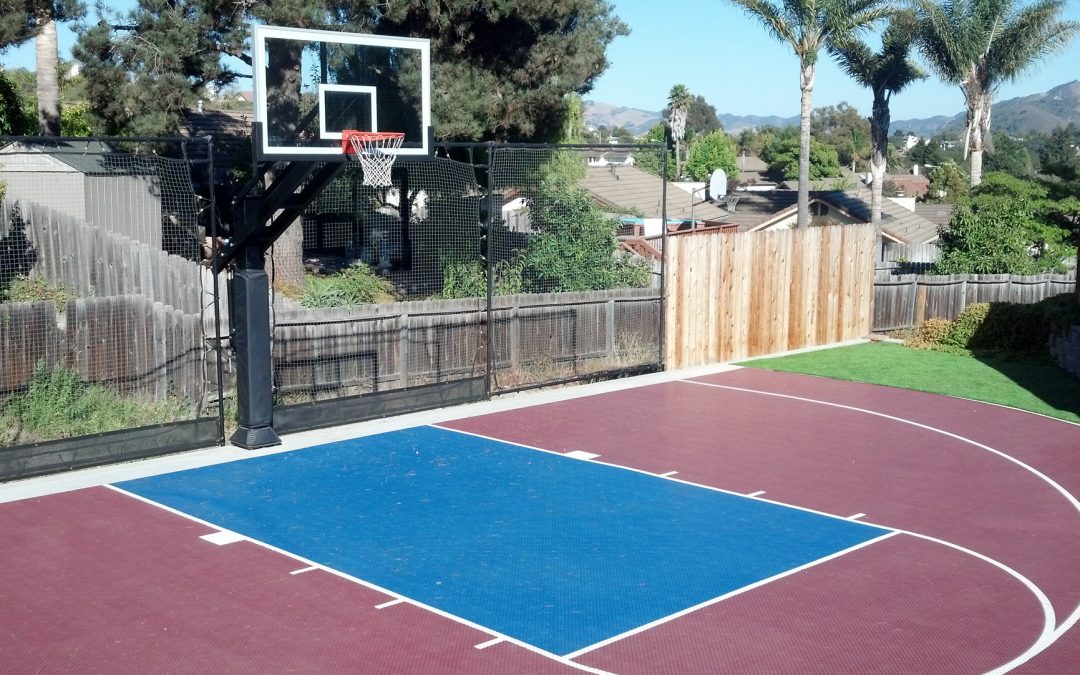
When it comes to basketball, every detail matters. From the height of the hoop to the texture of the ball, everything can impact player performance. One often overlooked aspect of the game is the design and color of the court itself. The painting of basketball courts is not just for aesthetics; it can have a significant influence on how players perceive the court and ultimately perform on it. In this article, we will explore the impact of basketball court painting on player performance.
The Psychology of Colors in Sports
Colors have a profound psychological impact on individuals, and this holds true in the world of sports as well. Different colors can evoke various emotions and affect behavior. When it comes to basketball court painting, the choice of colors can influence player performance in the following ways:
Key Points:
- Warm colors like red, orange, and yellow are believed to increase energy levels and evoke feelings of excitement and intensity. These colors can help boost player motivation and aggressiveness on the court.
- Cool colors such as blue and green are known for their calming and soothing effects. These colors can help players stay focused, relaxed, and composed during high-pressure situations in a game.
- Contrasting colors, such as black and white, can help improve depth perception and visibility of the lines on the court, aiding players in their movements and positioning.
The Impact of Court Design on Player Perception
Aside from color, the overall design of the basketball court can also affect player perception and performance. The arrangement of lines, logos, and other visual elements on the court can influence how players navigate the space and make decisions during a game. Here are some ways in which court design can impact player performance:
Factors to Consider:
- Clear and defined court lines can help players maintain their positioning and spacing on the court, reducing confusion and errors during gameplay.
- Strategically placed team logos and graphics can serve as visual cues for players, helping them orient themselves on the court and make quick decisions based on their surroundings.
- The use of three-point lines and key markings can affect shooting accuracy and player movement, influencing the overall flow and strategy of the game.
Case Studies: The Impact of Court Painting on Player Performance
To further illustrate the significance of basketball court painting on player performance, let's look at a couple of case studies where changes in court design had a notable impact on the game:
Case Study 1: The Rucker Park Experiment
During a summer league at the legendary Rucker Park in New York City, the court was repainted with vibrant colors and bold patterns. Players reported feeling more energized and focused while playing on the new court, leading to an increase in scoring and overall competitiveness in games.
Case Study 2: College Basketball Court Redesign
A college basketball team redesigned their home court with updated graphics and a brighter color scheme. The players noticed a significant improvement in their shooting percentages and defensive strategies after the redesign, attributing it to the increased visibility and clarity of the court markings.
Conclusion
From warm hues to court design elements, the painting of basketball courts goes beyond mere decoration – it can have a tangible impact on player performance. By understanding the psychology of colors and the importance of court design, teams and organizations can create environments that enhance player focus, motivation, and overall gameplay. The next time you step onto a basketball court, pay attention to the colors and design around you – they might just be the key to unlocking your best performance.
